4 Spring Onion Replacements That Add Onion Bite
Spring onions add a mild, fresh onion flavor and crisp texture that elevate many dishes, from salads to stir-fries.
When fresh spring onions are unavailable, a variety of substitutes can provide similar brightness and crunch without overpowering other ingredients.
Scallions, leeks, or the green parts of chives often make excellent replacements, while mild yellow onions or shallots can work when cooked.
Each alternative varies in intensity and texture, so matching the substitute to your dish’s needs is key.
Whether you’re garnishing or sautéing, these options help preserve the intended flavor profile and visual appeal.
Experimenting with these replacements keeps your recipes vibrant and balanced even when spring onions are out of reach.
Crisp and Fresh Spring Onion Substitutes
Crisp, mild onion flavor is easy to achieve with spring onion alternatives, each contributing its own character to dishes. Salads, stir-fries, and soups adapt easily. Plenty of options could fit your style of cooking.
Red Spring Onion
Red spring onions make an excellent swap for green ones since they're nearly identical except for their eye-catching red bulbs.
These colorful alternatives appear in stores during spring, sometimes showing up in late winter too.
The flavor profile matches perfectly with green spring onions, allowing for easy one-to-one substitutions in any recipe requiring the traditional variety.
Preparation follows the same simple steps - just trim away the roots and tough sections before using them in your dishes.
Many chefs appreciate this vibrant option that adds a splash of color while maintaining all the familiar taste and nutritional benefits of regular spring onions.
Scallions
Scallions or green onions, often mistakenly called spring onions, share similar appearances despite being different vegetables that work wonderfully as substitutes for each other in cooking.
The mild flavor profile of scallions makes them an excellent replacement when spring onions aren't available, especially in recipes where strong onion tastes would overpower other ingredients.
Substituting is straightforward – simply chop the scallions and add them in equal measurements to what your recipe calls for with spring onions.
Many chefs actually prefer scallions in certain dishes because of their more delicate flavor and tender texture.
Chives
Chives serve as a decent last-minute replacement for spring onions despite their stronger spicy taste that falls somewhere between mild spring onions and pungent red varieties.
Their distinctive sharp onion flavor means you should use them more sparingly when making the swap in your recipes.
These thin green herbs work wonderfully in cooked dishes like soups where their flavor can blend with other ingredients.
Many cooks also sprinkle chives as elegant garnishes on omelets and fresh salads for both flavor and visual appeal.
Though not the most common substitute, having chives on hand can definitely save your dish when spring onions aren't available.
Leeks
Leeks, members of the allium family, offer a deliciously sweet onion flavor that makes them an excellent stand-in for spring onions in many recipes.
Their mild sweetness adds a subtle twist to dishes without completely changing the intended taste profile.
These versatile vegetables work wonderfully in salads where their gentle flavor can shine through other ingredients.
Before using them, just give leeks a good wash to remove any soil hiding between their layers.
They pair nicely with soups, stir-fries, and roasted vegetable medleys for anyone looking to try something slightly different from traditional onions.
Is It Necessary to Adjust Quantity When Switching to Stronger Onions?
Yes, when switching to stronger onions like red or white onions from milder varieties, it’s important to adjust the quantity to avoid overpowering your dish. Stronger onions have a more intense, pungent flavor, so using less helps maintain balance.
Start with a smaller amount and add more gradually, tasting as you go to achieve the desired flavor without overwhelming other ingredients.
How Do Shallots Differ From Spring Onions in Sweetness and Sharpness?
Shallots are generally sweeter and milder than spring onions, with a subtle garlic-like undertone that adds complexity to dishes. Spring onions, especially the white parts, tend to have a sharper, more pungent bite and a more pronounced onion flavor.
The green tops of spring onions are milder and fresher, often used as a garnish, while shallots are prized for their gentle, sweet aroma in both raw and cooked applications.
Are Dried Spring Onions Alternatives Viable for Garnishes and Toppings?
Dried spring onions can be a handy pantry staple and work well as a flavor addition in cooked dishes such as soups, stews, casseroles, or stir-fries.
However, they are generally not ideal for garnishes or toppings where texture, color, and freshness matter. The drying process removes moisture, so dried spring onions lack the crispness and vibrant green color that fresh spring onions provide.
For garnishes, fresh or frozen chopped spring onions are preferable to maintain visual appeal and that fresh, sharp bite.
Can You Freeze Spring Onion Alternatives for Longer Shelf Life?
You can freeze spring onion alternatives like chives, scallions, or green parts of leeks to extend their shelf life. However, freezing can alter their texture, making them softer and less crisp when thawed, so they’re best used in cooked dishes after freezing.
To freeze, chop the greens and store them in airtight containers or freezer bags. Avoid freezing white bulb parts if you want to retain texture, as they tend to become mushy.

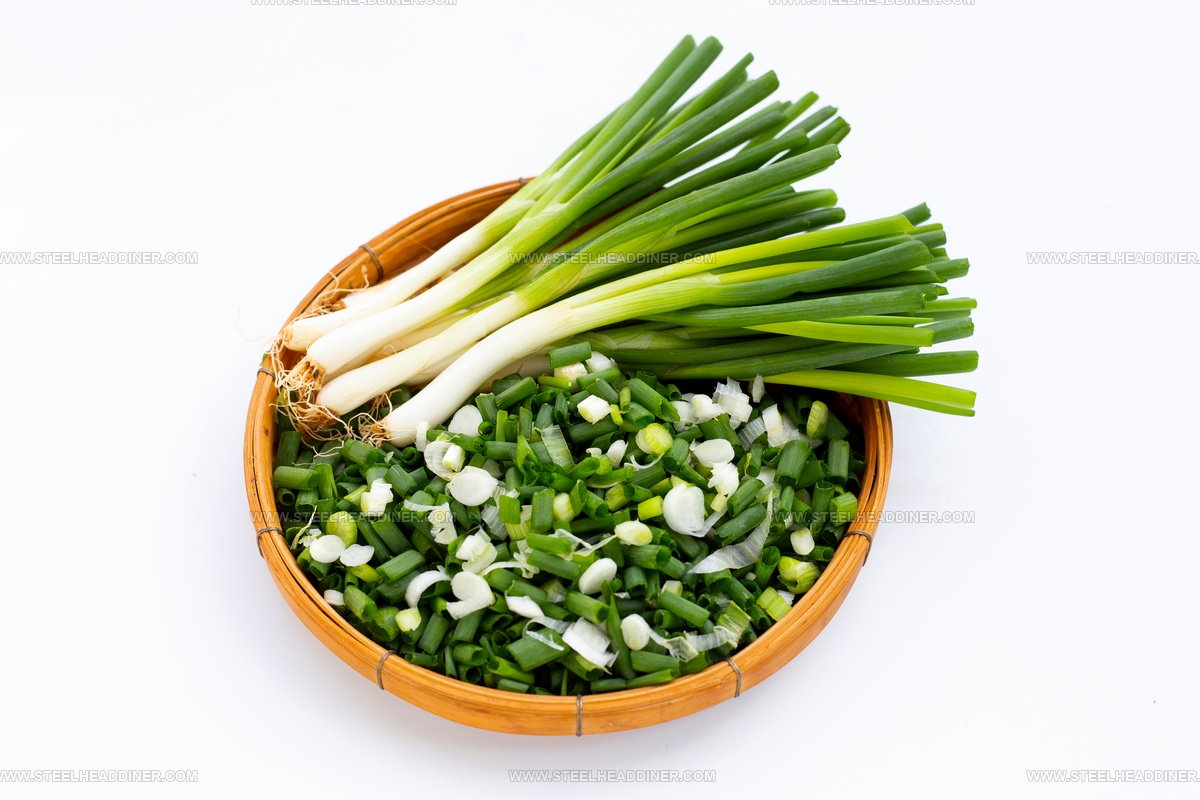
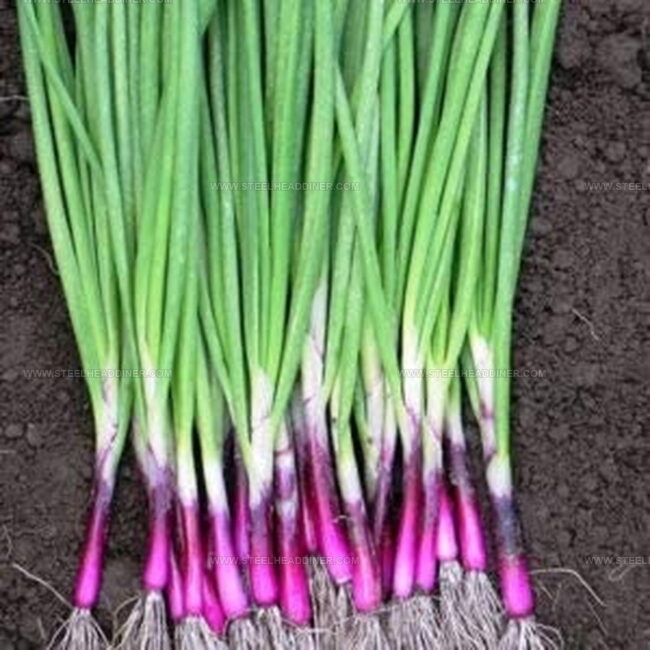
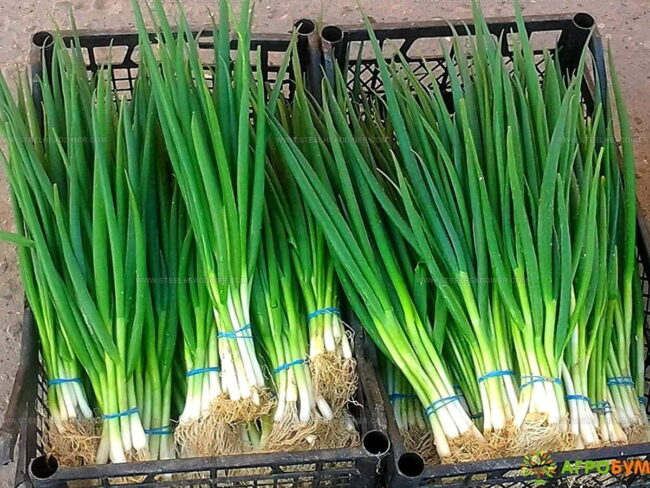
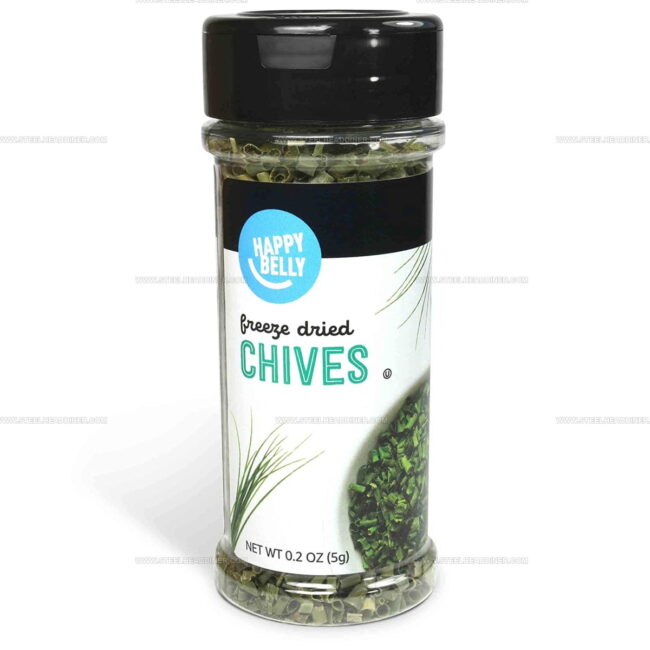
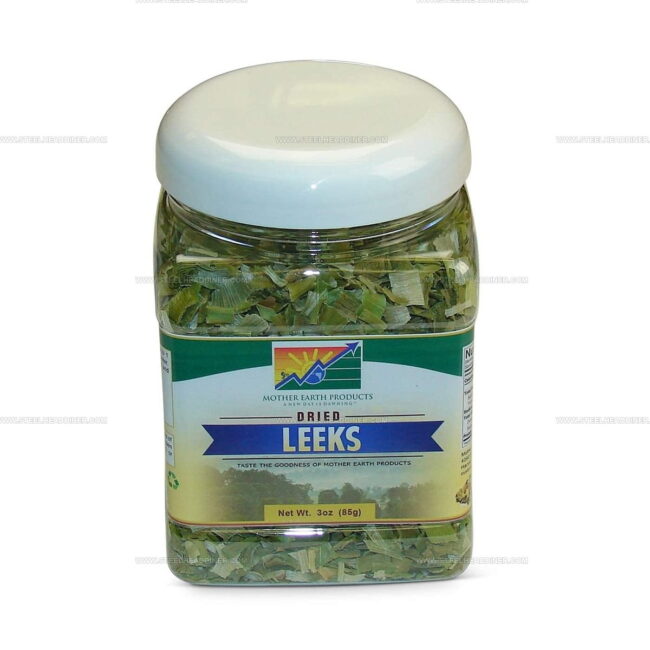
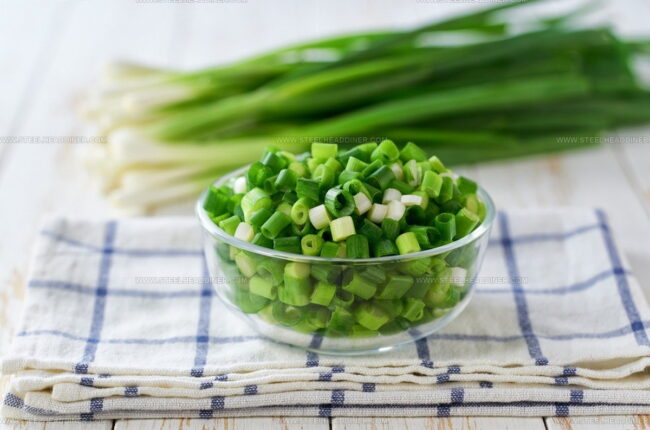
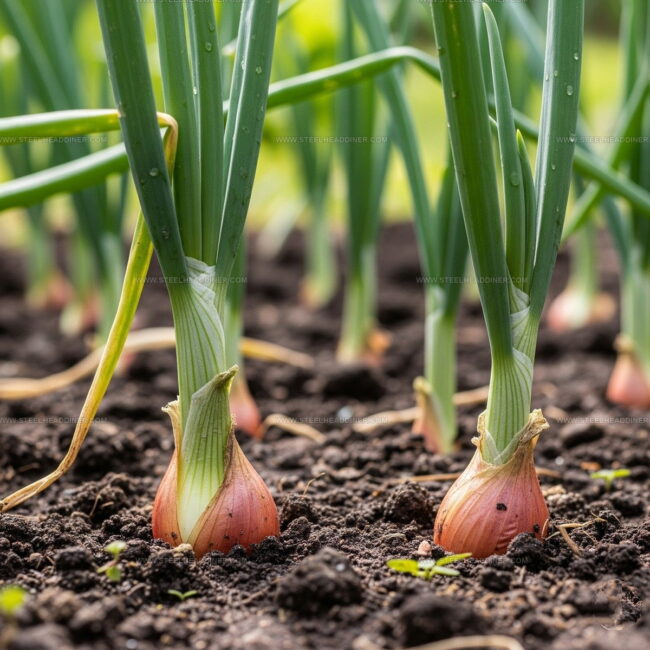
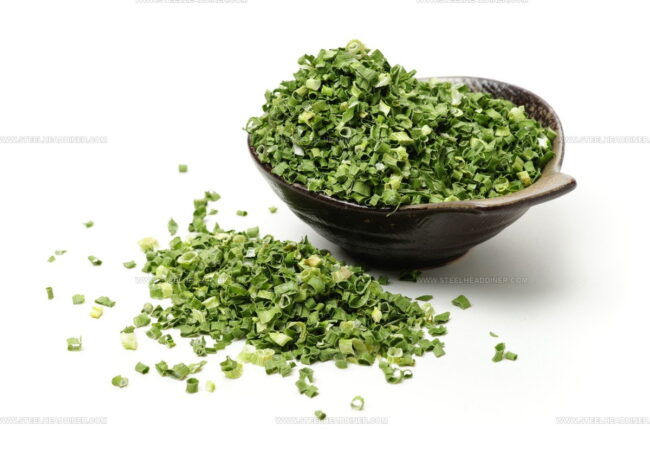
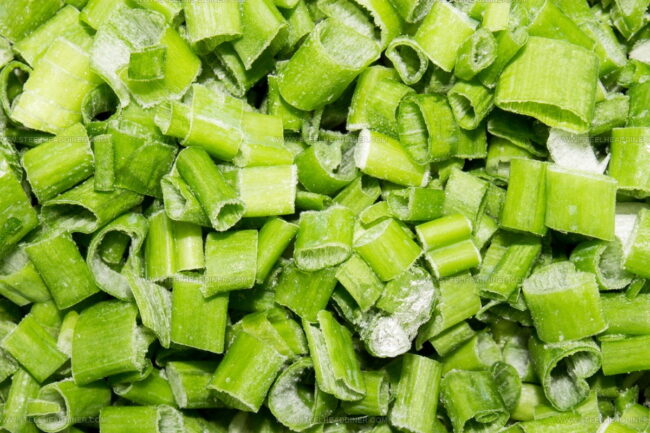
Jack Monroe
Founder & Recipe Innovator
Expertise
Pacific Northwest cuisine, Single-serving recipe development, Sustainable sourcing and cooking, Modern comfort food
Education
Brightwater
Associate of Applied Science in Culinary Arts
Focus: Sustainable cooking, seasonal ingredients, and food systems education
Jack grew up with a fishing rod in one hand and a cast-iron skillet in the other. After graduating from Brightwater: A Center for the Study of Food, he set out to prove that cooking for one could still taste like a feast.
Jack believes that food should feel real: fresh, fearless, and a little wild, just like the rivers he grew up around. For Jack, every single dish is a small adventure, and the best ones are the ones you can cook with heart, not hassle.